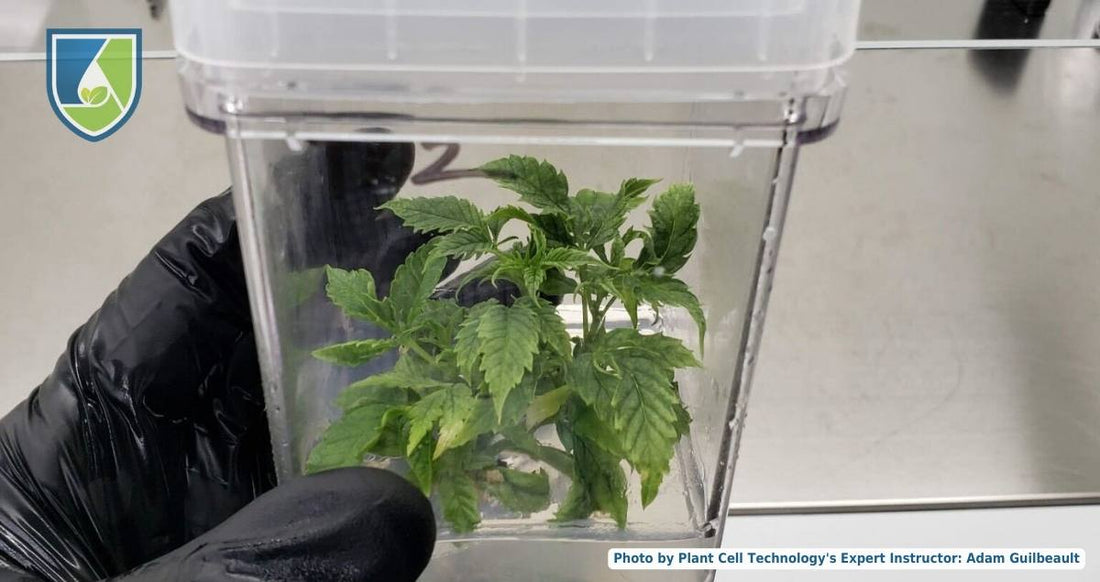
Is Tissue Culture Right for Your Cannabis Business? Here's What You Need to Know
As a content and community manager, I leverage my expertise in plant biotechnology, passion for tissue culture, and writing skills to create compelling articles, simplifying intricate scientific concepts, and address your inquiries. As a dedicated science communicator, I strive to spark curiosity and foster a love for science in my audience.


Overview
Recently, tissue culture has kind of started buzzing in the Cannabis industry to maintain the consistency and quality of the products. Right?
Every other person is talking about the technology and its potential in the industry.
But, is it really worth giving the shot and taking the risk to implement the strategy in your business setup? Will it be beneficial for you? And, if yes, then how? In what ways can this technology benefit your business? How much profit it can generate? Would the incorporation of the technique affect your image in the Cannabis market?
And, so many questions we understand you’ll have!
So, if you’re new to tissue culture, you must know it’s known as one of the most advanced plant propagation techniques available today! Especially, if you’re targeting to create varieties of your desired plants, no technique than this can be more efficient and after for your business.
But, let’s make this article only about the potential of the technique in the Cannabis industry and its applications, advantages, and challenges.
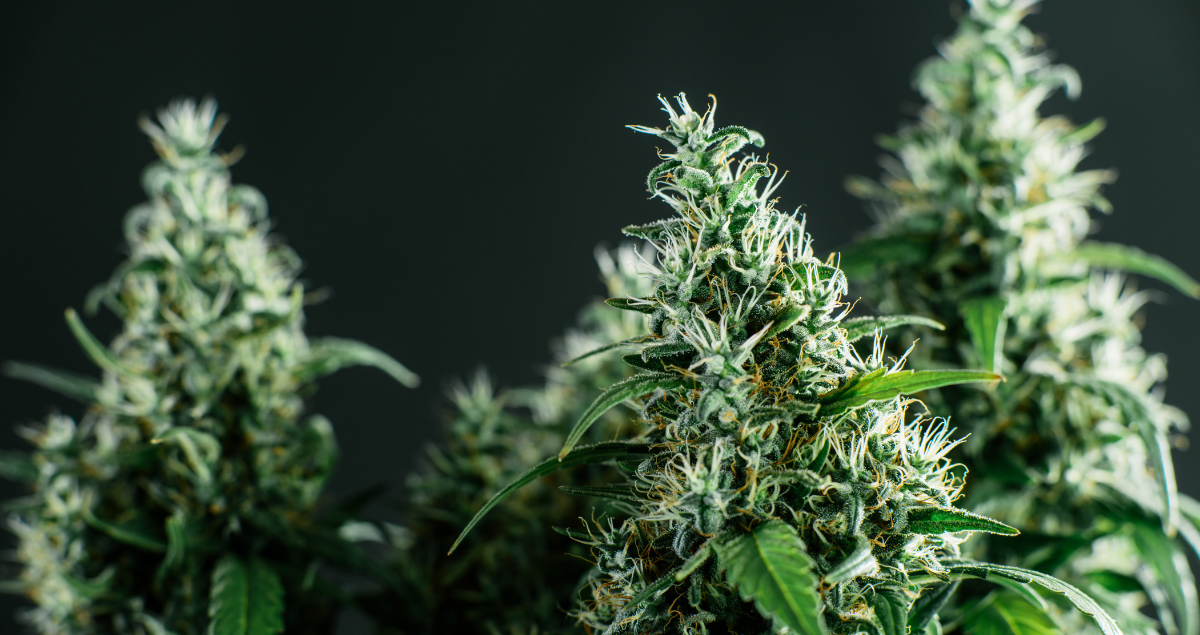
Challenges of Traditional Cannabis Growing Techniques
Seed and cuttings from mother plants are two conventional approaches that have been used in the Cannabis propagation space for decades. However, changing legalities and increasing demands of the plants are making it challenging for growers to keep up with these traditional approaches.
Here's why:
- Pathogens, insects, and cross-contamination are major threats to plants grown using traditional techniques. Especially, when growers try to meet market demands by focusing too much on quantity and growing too many plants in one place, which can cause disease to spread easily to other healthy plants and compromise their health and quality.
- And, you must know not all diseases are visible at early stages, such as HpLVD (or hop latent viroids). Thus, using the diseased plant to clone more plants can even transfer the contaminants to the next generation.
- The ability of a company to expand its production is constrained by the number of mother plants available for conventional cloning and the risk of over-stressing them with too frequent clippings.
- Another challenge is a genetic mutation. To keep producing clones, the mother plants need to be taken care of carefully and maintained in a vegetative state. However, even under ideal circumstances, the mother plants can get stressed, and this can negatively impact plant quality and yield during harvesting.
- Moreover, a plant's phenotype, or its observable characteristics, can be influenced by its growing environment. This means that a clone may not have the same traits as the mother plant, and this can cause further variations in future generations, making it difficult to ensure the genetic purity of the strain in future crops.

How is Tissue Culture Different From The Conventional Approaches?
Tissue culture and conventional approaches are completely different techniques altogether. Tissue culture is performed in a sterile controlled environment and requires only a few plant tissues to grow a whole plant. Everything is in the lab and sterile.
- Cannabis plants are prone to diseases and by using tissue culture to eliminate the disease from cannabis plants, their genetic makeup can be preserved and they can continue to thrive in the future. The sterilization stage in tissue culture cultivation is particularly effective in achieving this, making it stand out from the other approaches.
- Tissue culture propagation can result in faster maturity times compared to growing from seed, which enables growers to use space more efficiently without overcrowding grow rooms. But the key advantage of tissue culture is the sterile environment, which eliminates diseases and provides a clean environment for plants to thrive.
- A 3-square-inch box can hold about nine tissue-cultured plants, and those boxes can be stacked on racks to allow for easy access. Thus, in a very small space, you will have hundreds and thousands of plants in the room. This also reduces the energy consumption involved in the process. Thus, a sustainable approach.
- Unlike, conventional clonal propagation, plant tissue culture enables quicker plant propagation while utilizing fewer resources, resulting in enhanced production efficiencies and higher yields due to improved plant health and vigor.
- Tissue culture eliminates the need for seeds or pollinators in production, making the initial steps easier compared to traditional growing methods.

How Tissue Culture Can Benefit Cannabis Propagation?
Tissue culture offers many advantages and because of that it's taking over the industry and being involved by small-scale, large-scale, and many other individual growers.
Some of them are as follows:
- The in vitro technology involves introducing healthy mother plant tissue to a nutrient medium under controlled and sterile conditions. This allows the production of viable, high-quality, and disease-free Cannabis strains from the beginning.
- Because the plants are grown in a small vessel and each vessel can contain 50-100 plants, you can maximize Cannabis production in a small space.
- Tissue culture generates genetic replicas of Cannabis plants, which will have the same effects, taste, potency, and smell as of its mother plant.
- Cannabis strains are susceptible to diseases and pests and the demand for elite cannabis varieties is causing or can cause the loss of some boutique strains in near future. Tissue culture allows the preservation of any variety of plants with ease. You can create a genetic bank using the technique. For this purpose, synthetic seed technology (a tissue culture technique) is used to preserve genetic material for future cultivation and strain development.
Besides its advantages, tissue culture is also considered one of the sustainable and environmentally-friendly methods of propagation among other approaches. It’s mainly because it needs less space, thus lesser energy is required in overall production.
Challenges of Tissue Culture
Although tissue culture offers a myriad of advantages, it’s not free from limitations. Its major drawbacks are:
- When it comes to the speed of maturity, traditional cuttings outpace tissue culture. While a cutting from a mother plant can be planted after just two weeks using traditional methods, tissue cultivation takes over a month to reach maturity.
- Because of the equipment involved, chemicals needed, and tools required, setting up a Cannabis lab becomes an expensive process. Thus, it limits many low-budget researchers and growers to work with the technology.
- Tissue culture is new to the Cannabis industry and not everything has been figured out so far, like the kind of work that has been done with other plants in the area. Thus, it will require a lot more time to get a working protocol or workflow that will enable growers to produce healthy, stable, and reliable genetics without much loss.
- The legality issues related to Cannabis propagation in different regions pose another challenge in incorporating the tissue culture technique in Cannabis production.
How Industries Are Incorporating Tissue Culture in Their Business Model?
Many Cannabis companies now involve tissue culture in their Cannabis production. For example, CULTA uses the technology to produce disease-free cannabis varieties and preserve elite varieties for medical purposes. So far, the company has cultured 22 different strains of Cannabis for medical applications.
Another company, Lume Cannabis Co. uses the technique to preserve varieties using synthetic seed technology. They have a success rate of 50%, which is more than they need. Further, the technique allows them to protect plant genetics from anything that lives in a hot environment, like mold or pathogens.
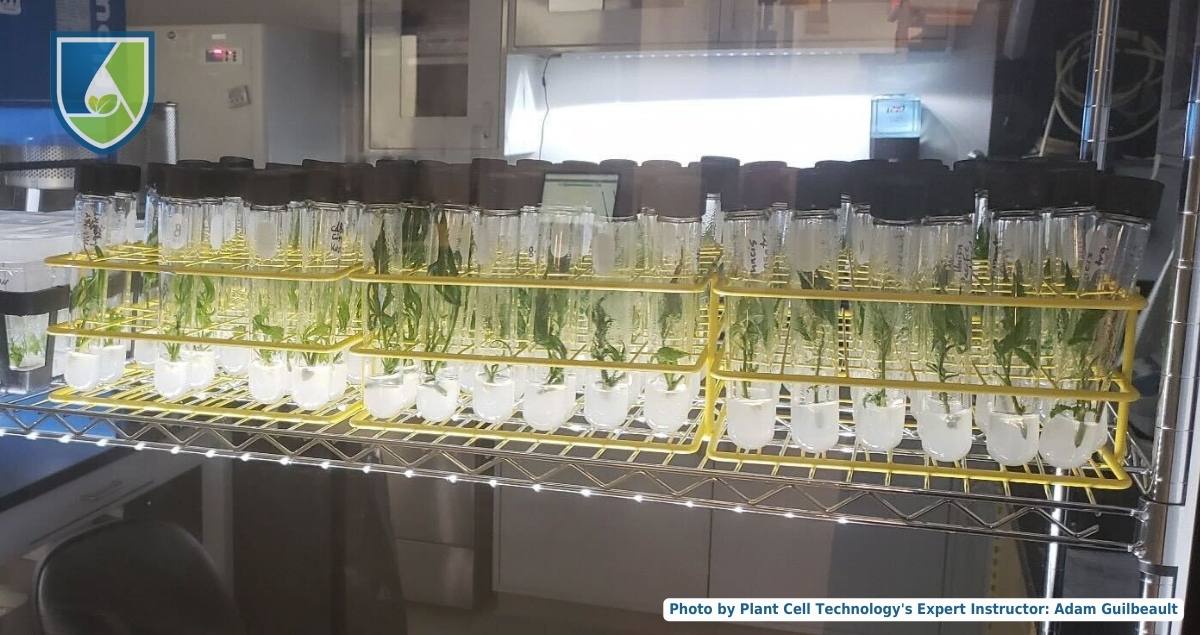
How Plant Cell Technology Can Help You Learn Tissue Culture To Create And Preserve Your “ELITE” Disease-Free Cannabis Variety?
Tissue culture, including meristem culture, has a major role to play in producing healthy plants and preserving elite varieties. However, the process is not that easy when you don’t have experience in it.
Moreover, it will take months for you to create or develop your own procedure—which will require mixing different types and concentrations of chemicals to induce division and differentiation in tissues.
Imagine how much time and money you’ll be required to invest in it!
That’s why we have brought you our comprehensive “Cannabis Tissue Culture Masterclass”. It will be a 3-days class starting from April 20-22, 2023. The class will be conducted by one of the legends in the Cannabis Tissue Culture Industry, Bill Graham.
In this class, you won’t only learn how to produce meristem culture and preserve the genetics of your plant, but a range of other topics, including Pathogen remediation, sterilization techniques, synthetic seed technology, and many more.
Here’s our complete curriculum.
This a one of the most popular Master Class, for which booking has already been started. And, for one-on-experience with our tissue culture expert, only a limited number of seats are available.
So, if you are interested in giving a boost to your Cannabis business, then book your seats TODAY!
Blog Categories
View by Level
Popular Blogs
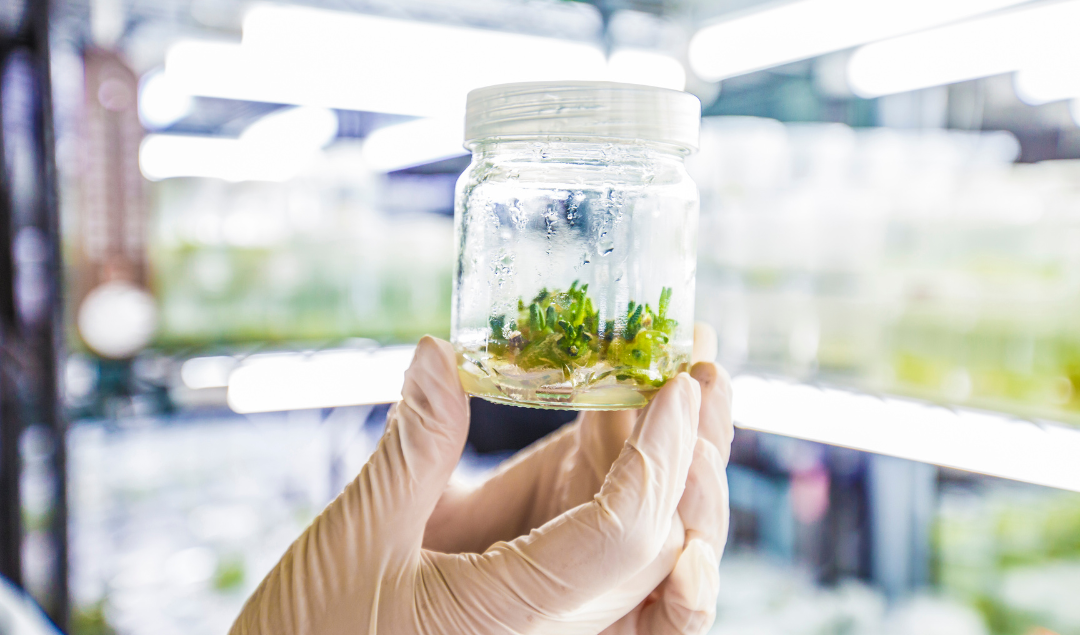
Media pH: Why It Matters More Than You Think in Plant Tissue Culture
Introduction Plant tissue culture is a cornerstone technique in modern plant biotechnology, enabling the propagation of plants under sterile and...
Read More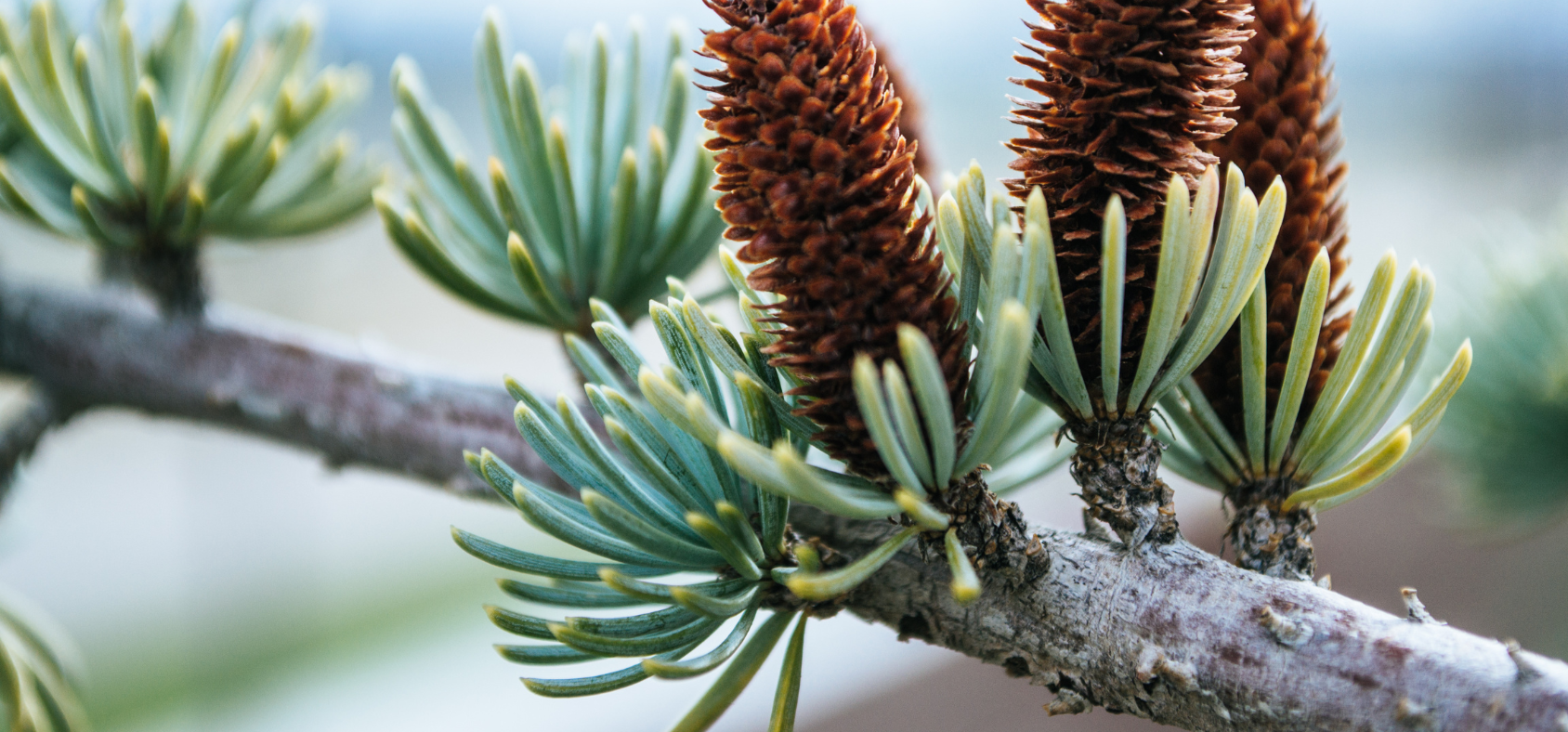
Can We Grow Wood in a Lab? The Future of Tissue Culture in Forestry
Introduction Wood has long been a cornerstone of human civilization—used for shelter, tools, paper, energy, and countless everyday items. However,...
Read MoreSubscribe to Our Newsletter

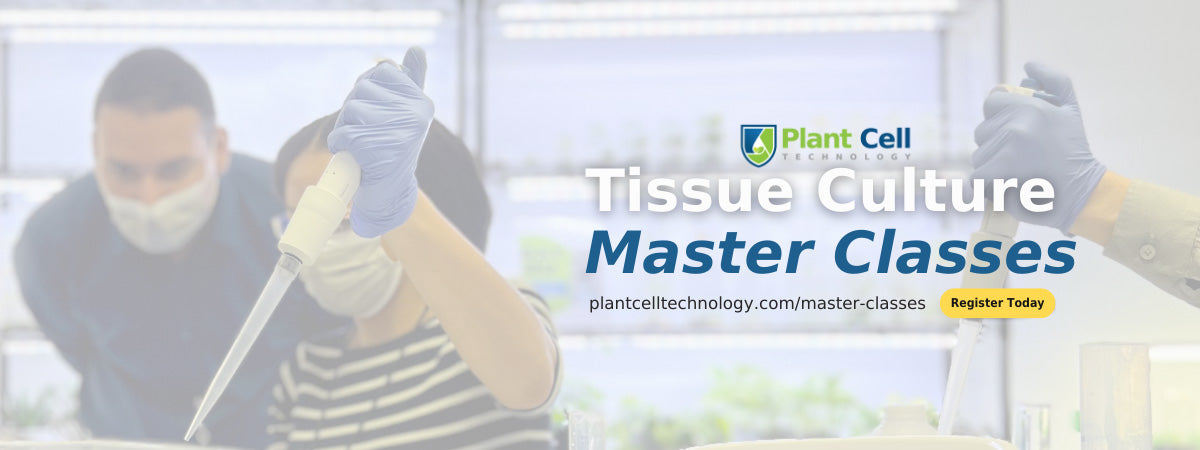






Join the conversation
Your email address will not be published. Required fields are marked